Highlights from ESO Milkyway map.
(Photo: ESO/VVVX survey)
Astronomers have published the most detailed infrared map of the Milky Way.
The telescope, located in Chile, is used to map large portions of the sky.
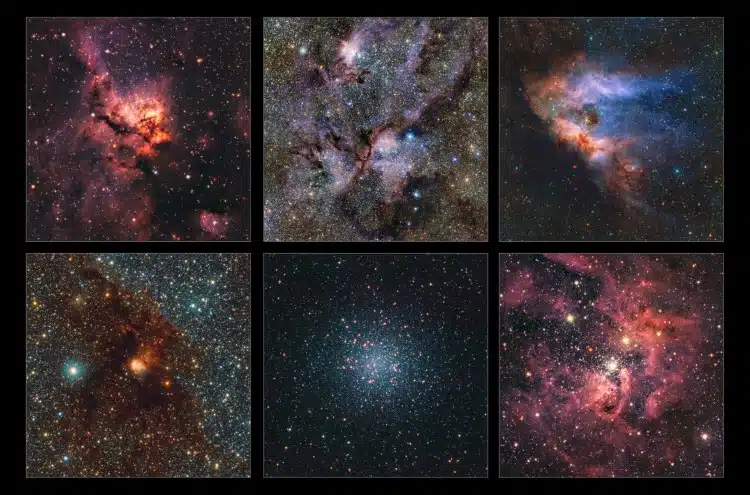
Highlights from ESO Milkyway map. From left to right and top to bottom: NGC 3576, NGC 6357, Messier 17, NGC 6188, Messier 22 and NGC 3603. (Photo: ESO/VVVX survey)
From 2010 to 2023, VISTA recorded 420 nights of observations.
The survey has made such a big impact that it has already generated more than 300 scientific articles.
Astronomers have created the most detailed infrared map of the Milky Way ever released.
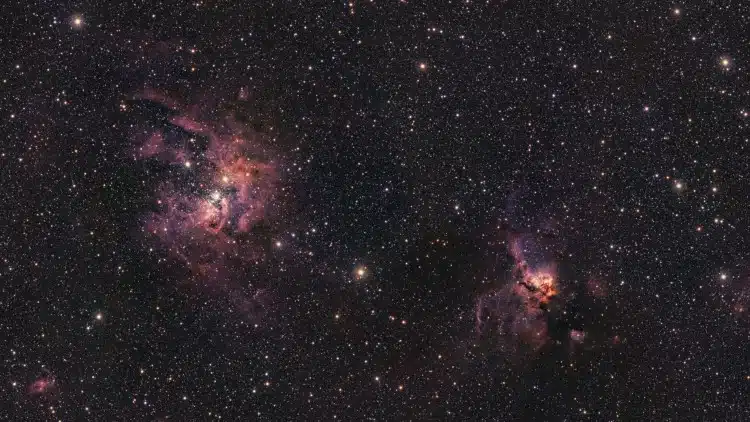
NGC 3603 and NGC 3576 are 22,000 and 9,000 lightyears away from us, respectively. Inside these extended clouds of dust and gas, new stars are born, gradually changing the shapes of the nebulas via intense radiation and powerful winds of charged particles. (Photo: ESO/VVVX survey)
NGC 3603 and NGC 3576 are 22,000 and 9,000 lightyears away from us, respectively.
(Photo: ESO/VVVX survey)
Lobster Nebula (Photo: ESO/VVV Survey/D.
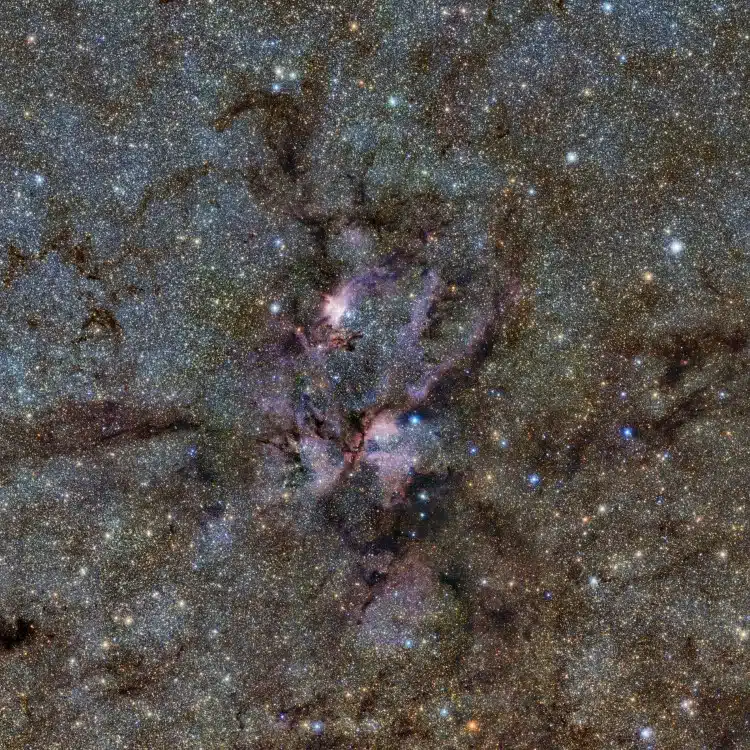
Lobster Nebula (Photo: ESO/VVV Survey/D. Minniti. Acknowledgement: Ignacio Toledo)
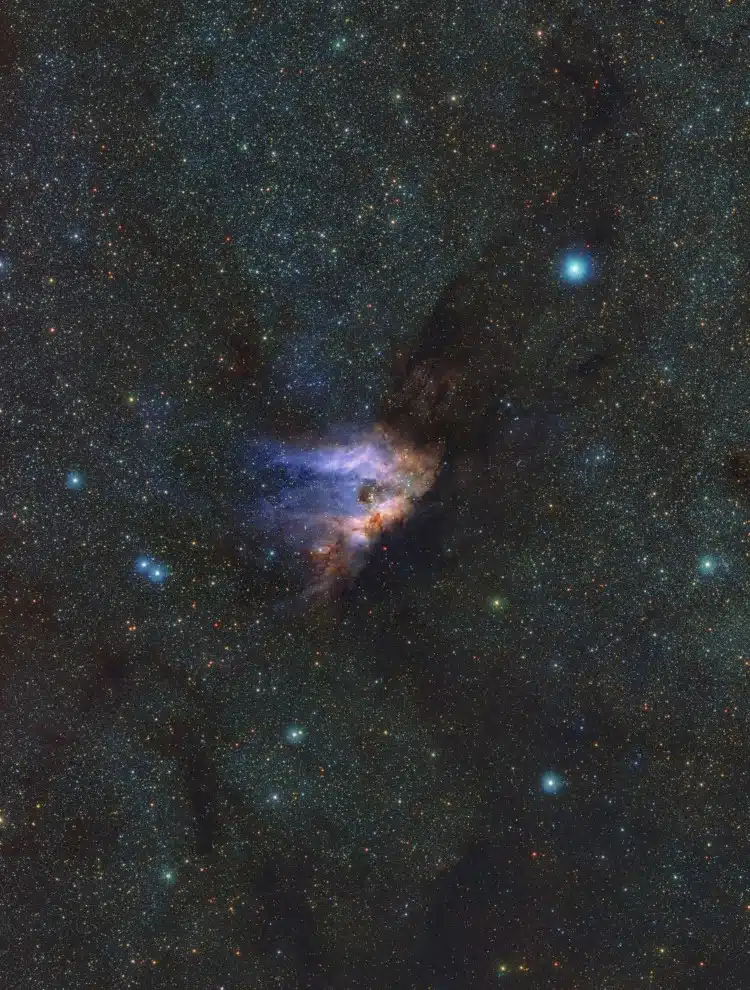
An infrared view of the Messier 17 nebula, also known as the Omega Nebula or Swan Nebula, a stellar nursery located about 5500 light-years away in the constellation Sagittarius. (Photo: ESO/VVVX survey)

Infrared view of the Messier 22 globular cluster, a densely packed group of very old stars located about 10,000 light-years away in the constellation Sagittarius. (Photo: ESO/VVVX survey)
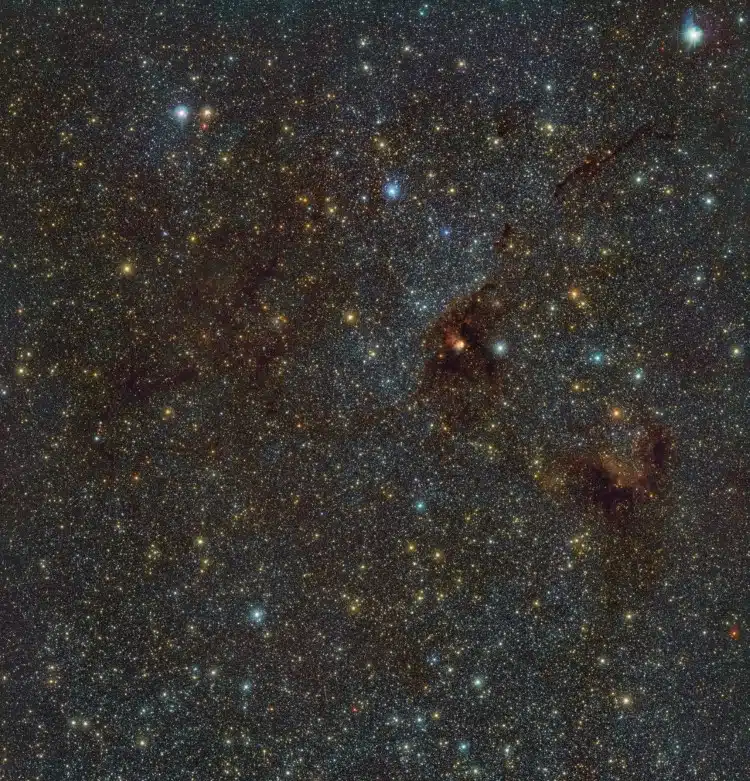
Infrared image of NGC 6188, also known as the Firebird nebula, located about 4100 light-years away in the constellation Ara. (Photo: ESO/VVVX survey)